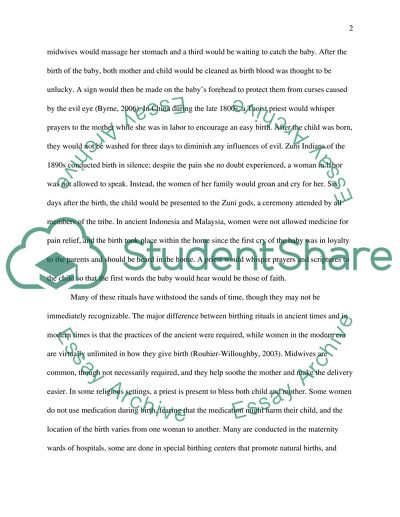Cite this document
(“Rituals in Modern and Ancient Society Research Paper”, n.d.)
Retrieved from https://studentshare.org/culture/1471990-rituals-in-modern-and-ancient-society
Retrieved from https://studentshare.org/culture/1471990-rituals-in-modern-and-ancient-society
(Rituals in Modern and Ancient Society Research Paper)
https://studentshare.org/culture/1471990-rituals-in-modern-and-ancient-society.
https://studentshare.org/culture/1471990-rituals-in-modern-and-ancient-society.
“Rituals in Modern and Ancient Society Research Paper”, n.d. https://studentshare.org/culture/1471990-rituals-in-modern-and-ancient-society.


